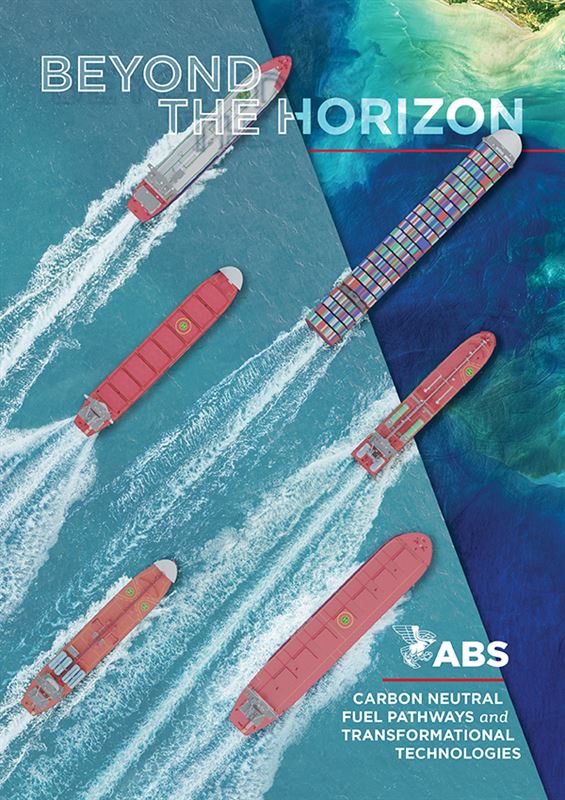ABS 2024 Outlook Highlights Active Shift in Fleet Composition Toward More Sustainable Fuel Alternatives
ABS 2024 Report: Fuel Pathways and Technologies for Net Zero Shipping

ATHENS – The latest research from ABS identifies geopolitical instability, scalability of fuel production, and retrofits to existing vessels as crucial factors influencing the shipping industry’s path to achieving net zero emissions by 2050.
The 2024 Outlook report, “Beyond the Horizon: Carbon Neutral Fuel Pathways and Transformational Technologies,” is the sixth in an annual series. It examines carbon-neutral fuel pathways and transformative technologies, updating ABS’ long-term energy forecast. This report explores the constraints and opportunities within the evolving global trade dynamics shaping the future of shipping.
“The 2024 outlook offers unprecedented insight into the shipping ecosystem, emphasizing the collaborative efforts needed to retrofit existing fleets and enhance shipyard capacities for greener vessels, ensuring the necessary scale and pace of change,” said Christopher J. Wiernicki, ABS Chairman and CEO. “Looking ahead, achieving the industry’s commitment to sustainable transformation will demand ongoing diligence, innovation, and global cooperation to address the technical and economic challenges highlighted in this report.”
The report notes a significant shift towards sustainable energy sources in the global fleet. Approximately 50 percent of the current orderbook (in gross tonnage) features dual-fuel engines, with a transition to more diversified fuels such as LNG, methanol, and ammonia.
Key takeaways from the publication include:
- The fuel mix forecast through 2050 highlights a substantial transition towards cleaner alternative fuels like methanol, ammonia, and LNG, with the market share of traditional fossil fuels expected to decline to 15 percent by 2050. Methanol utilization is projected to rise to 42 percent, and ammonia to 33 percent by 2050. Regulatory pressures will drive the adoption of energy-efficient technologies and alternative fuels.
- Capacity at major shipyards is expected to moderately increase by about 5 percent until 2035.
- Due to increased shipbuilding demand, new builders are anticipated to emerge from India, the Middle East, the Philippines, and Vietnam.
- Current repair yard capacity is expected to meet demand through 2027; however, demand for retrofits will increase through 2035, necessitating additional repair yard capacity for fuel conversions.
- According to ABS’ GHG abatement cost methodology and current fuel prices, biofuels and blue fuels will have lower carbon abatement costs compared to others.
- New regulations like FuelEU Maritime requirements and anticipated IMO mandates will introduce complexities, requiring stakeholders to consider pooling credits for compliance.
